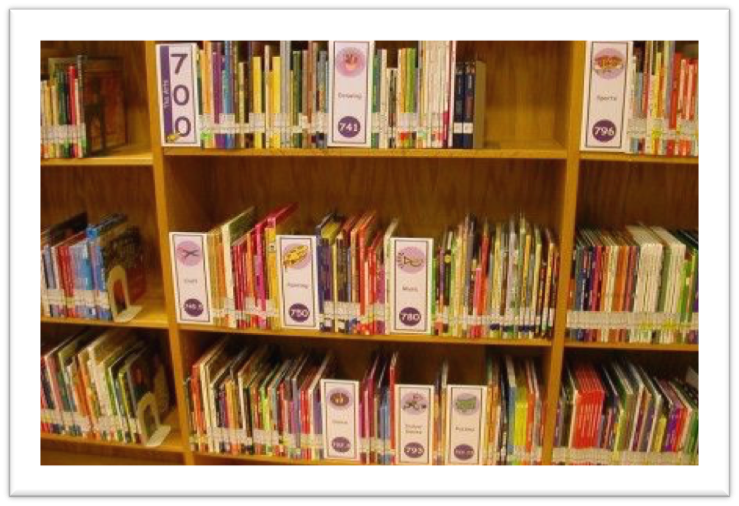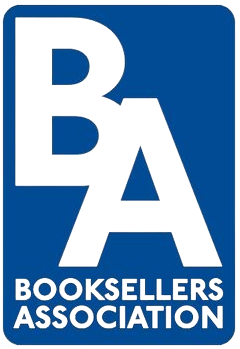For help, advice and telephone ordering call our team on 0121 666 6646
Are you sure you wish to delete this basket?()
This action cannot be undone.
Sorry, something went wrong
Please report the problem here.
Surrey Libraries: helping children to love non-fiction

October 9th 2018
An article published a couple of years ago in The Guardian highlighted the decline in children reading non-fiction books and the increasing concern from authors that the genre is in terminal decline. The article called on publishers, booksellers and libraries to reverse the slide or risk depriving children, particularly boys, of vital reading material. Children’s non-fiction is a genuine point of difference between bookshops and libraries. If you go into any high street bookshop you’ll be hard pressed to find more than a bay or two of children’s non-fiction books, and what you do find will often be dominated by sticker and activity books. Liam Dixon and his team at Surrey Libraries have a few hints and tips to share about how libraries can successfully rise to the challenge of helping children love non-fiction.
How things used to be: Traditionally libraries up and down the country have shelved junior non-fiction books - often no more than a couple of millimetres wide - spine on... stood sideways, unable to show their faces and communicate effectively. Hundreds of books per bay, all in serried ranks. All in perfect Dewey order, and barely any of them ever being borrowed! Sound like a familiar tale?
Traditional approach to display and presentation of junior non-fiction stock
Well it was certainly the situation Liam found when he joined Surrey. Overstocked sections with declining use, receiving declining investment, leading to less use and further reductions in the budget... a vicious spiral of decline. From 2010 to the point three years ago when Surrey began a radical makeover, use of junior non-fiction books had declined by a quarter. And of course, with falling budgets but large collections, Surrey’s stock was becoming increasingly out of date. The image of the world they were reflecting was one where the space shuttle still flew, Princess Diana was still alive, and Nelson Mandela was still languishing in prison. Not a very accurate picture for information professionals to be presenting – especially to children!
How to improve the range, appearance and use of your stock: Surrey have invested in zig zag acrylics that allow you to see the covers of the stock. And more importantly, allow the children to spot their favourite characters and topics. From Roman soldiers to dinosaurs, and ballerinas to mini beasts. This simple act of allowing the books to communicate, in the way they’re designed to, has been a major part in breaking the spiral of decline. The acquisitions Surrey make are now accessible to the readers they are acquiring them for – the children! Their young readers can now serve themselves rather than relying on library staff, parents or carers to help them navigate the impenetrable ranks of spines and Dewey numbers. Turning those serried ranks of tiny spines into eye-catching, child accessible spaces that has begun a virtuous circle of increased usage and improved investment:
Applying retail bookselling experience of evidence and data to library stock acquisition and introducing new concepts to library colleagues, primarily the use of CollectionHQ and Nielsen tools which provide data about what’s selling on the high street what’s being borrowed in other UK libraries, has been an equally important element of the transformation in Surrey. As has working with library suppliers such as Peters to increase the amount purchased of previously published, but perennially popular, backlist titles from key publishers such as Usborne and Dorling Kindersley. Surrey saw a 16% increase in junior non-fiction borrowing in year one. Which Liam says was tremendous - but of course it meant that to hit their targets in year two they had to at least sustain this new, higher level of performance! Not only did they sustain their performance, but they added a further 14% increase in junior non-fiction borrowing in year two. Surrey are now into year three and are seeing the amount of junior non-fiction books being borrowed reach levels 30% higher than at the start of the decade.
A financially sustainable model: At the same time as vastly increasing the number of books borrowed Surrey have simultaneously decreased the amount of stock held - because the zig zags hold far less stock that they used to cram onto a shelf. This means smaller collections, more frequently refreshed ensuring more accurate, up to date information. And having smaller collections means they can afford to refresh them more frequently. Because just like everyone else Surrey are operating in a very challenging financial climate. Their book budget has been cut by over a third in the last few years, so reducing the amount of stock held has the vital benefit of making their new junior non-fiction model not only successful but financially sustainable.
Take the Virtual Tour of Woking Library at: Virtual Tour of Woking Library
Contact Liam Dixon at liam.dixon@surreycc.gov.uk







